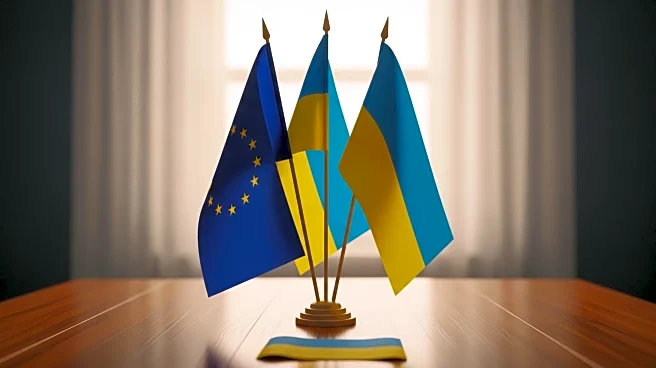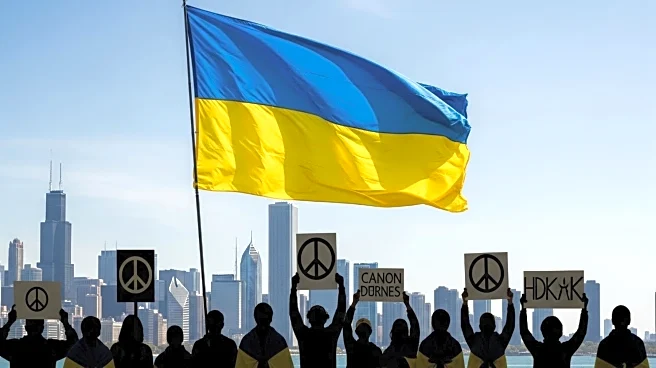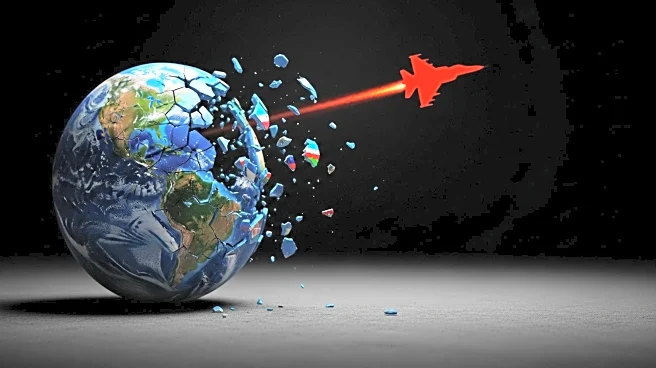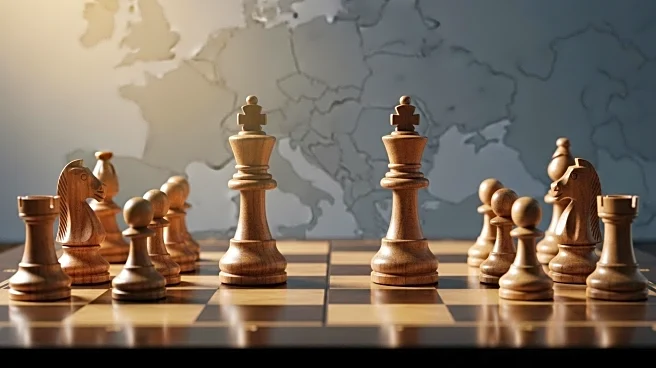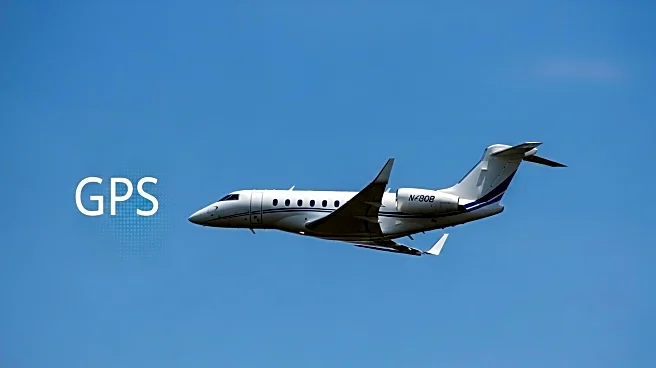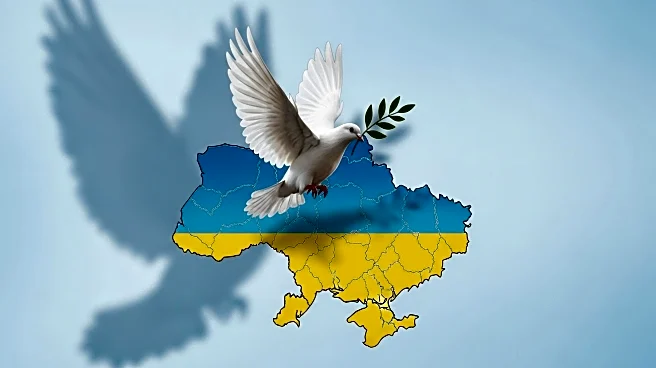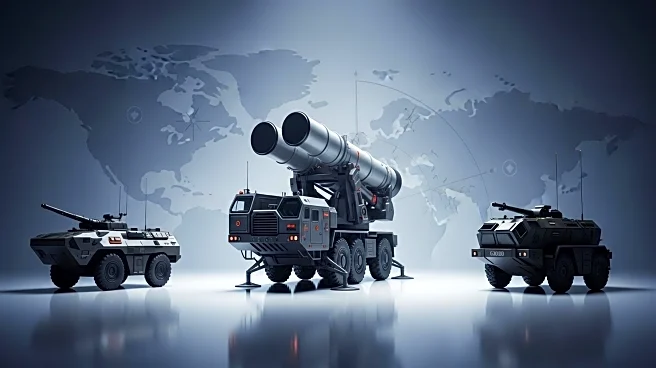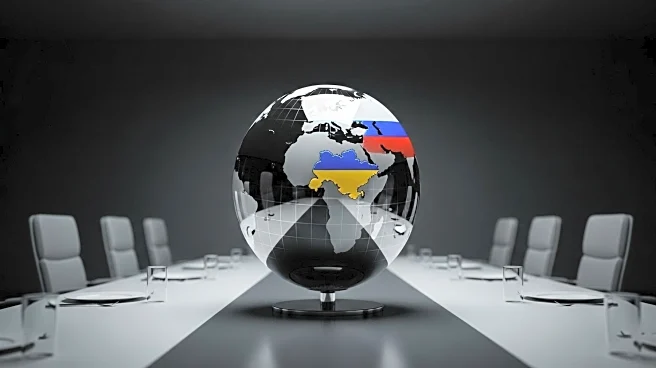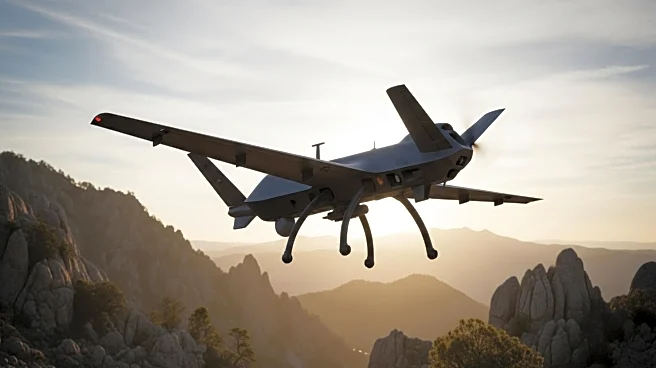What's Happening?
European countries are developing precise plans for international military deployments in Ukraine as part of security guarantees following a potential peace agreement with Russia. President Trump has assured an American presence to support these efforts, although he has ruled out deploying U.S. troops directly. The plans aim to prevent future Russian invasions and ensure stability in Ukraine. The Kremlin has expressed opposition to Western military presence in Ukraine, citing NATO interference as a cause of the war. Despite ongoing conflict, Ukraine continues to seek international security guarantees as part of any peace deal.
Why It's Important?
The development of post-war deployment plans signifies a coordinated effort by European nations and the U.S. to stabilize Ukraine and deter future aggression from Russia. This initiative could reshape the geopolitical landscape in Eastern Europe, strengthening Ukraine's security and potentially influencing Russia's strategic calculations. The involvement of President Trump highlights the U.S.'s commitment to supporting European allies and maintaining influence in the region. The plans could also impact NATO's role and presence in Eastern Europe, as member countries collaborate to ensure long-term peace and security.
What's Next?
The implementation of these plans depends on the successful negotiation of a peace agreement between Ukraine and Russia. European and U.S. leaders may continue diplomatic efforts to facilitate discussions and reach a consensus on security guarantees. The potential deployment of multinational forces could lead to further negotiations on the specifics of troop presence and coordination. The ongoing conflict and diplomatic efforts may prompt additional sanctions or pressure on Russia to engage in peace talks. The situation remains fluid, with potential changes in international alliances and military strategies.
